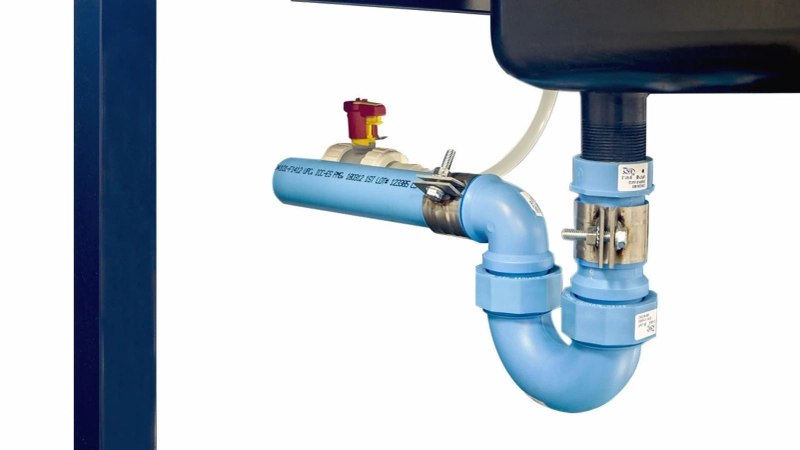To produce a high-quality paper sheet, the paper mill or the papermaker needs to balance the retention, drainage, and formation chemicals. The term R and D go hand in hand in the paper industry, although they do not need any specific department. Yet, these drainage and chemical processes are used to optimize fiber retention as well as water drainage.
Drainage and Formation of ChemicalsThe retention, drainage, and formation chemicals optimize fiber retention, as discussed earlier. This process perhaps plays an essential role in cutting down the cost of manufacturing high-quality paper.
However, the retention and drainage aid in papermaking by increasing the retention of the fine particles, fillers, additives and sizing agents, and various other essential benefits are offered during paper formation.
Nowadays, the alkaline paper creation process needs to use a specific type of drainage and chemicals to reduce costs. But such chemicals are not required in the creation of acidic papers.
The modern technologies used in the papermaking majority include the alkaline process, and the majority run on high-speed machines, which increase the recycled fibers recycling process. This is why the process of creation of the paper requires the drainage and formation of chemicals.
Drainage and Formation of Chemical Programs
The formation chemical program can also increase the specific rate at which the water is released effectively from the wet paper web. These drainage and formation of chemical treatments are believed to be functional in the following fields mentioned below:
By retaining the fine fiber particles on the long fiber\'s surface, they can remain stable in their position and don\'t move further to block the water web drainage channels.
By increasing the retention capacity of the first pass retention of the fine particles
Creating the fibrils on the wet paper\'s surface to lie down on the fiber surface hence helps create the fluent streamlines path for the water.
By creating the porous structure and a bulky structure of the wet paper web
By decreasing the water retention capacity in the polymeric gels or the fiber walls. It consists of hemicellulose and additives at the fiber surface.
Traditional Chemical Additives Used in Papermaking for Drainage Process
Papermaker alum is the most common and traditional chemical additive for drainage promotion. Aluminum sulfate is highly effective in the system\'s dewatering process, with wet-end pH values in the range of 4.5 to 6.5. Alum also performs other functions in setting the rosin size, retention process, and cationic demand neutralization.
Drainage Chemicals
The drainage process can also be increased in most of the paper finishing process by adding the cations or the positive charge polymers, which have high charge density. Most popular chemicals for the drainage process include poly-ethyleneimine products, poly-diallyl dimethylammonium chloride, and polyamines.
It is common in such drainage applications to find that the dewatering is achieved precisely when the net electrical charge has been neutralized on the fiber surface by the additives.
But in some of the drainage systems, especially on low basis weights and fast paper machines, the drainage rates can be increased by using high mass acrylamide retention aids or the flocculants. But in severe cases, it\'s essential to avoid overuse of retention aid because the non-uniform formation can affect the vacuum dewatering.
Microparticle Programs
The microparticle program can be effectively used in papermaking cases, where a more aggressive approach is needed for dewatering. However, such dewatering systems are provided by chemical vendors. The programs of microparticles involve the following steps.
Adjustment of the charge with the high-charge cationic polymers
Addition of the acrylamide retention aid and cationic-starch
The silica is the final addition, colloidal size material, bentonite or montmorillonite, and the organic polymers that perform similar functions.
The process is highly effective when the colloidal material\'s amount is the inaccurate ratio of the positively charged polymers. Moreover, charge titration can also be effective for increasing the rate of dewatering.



